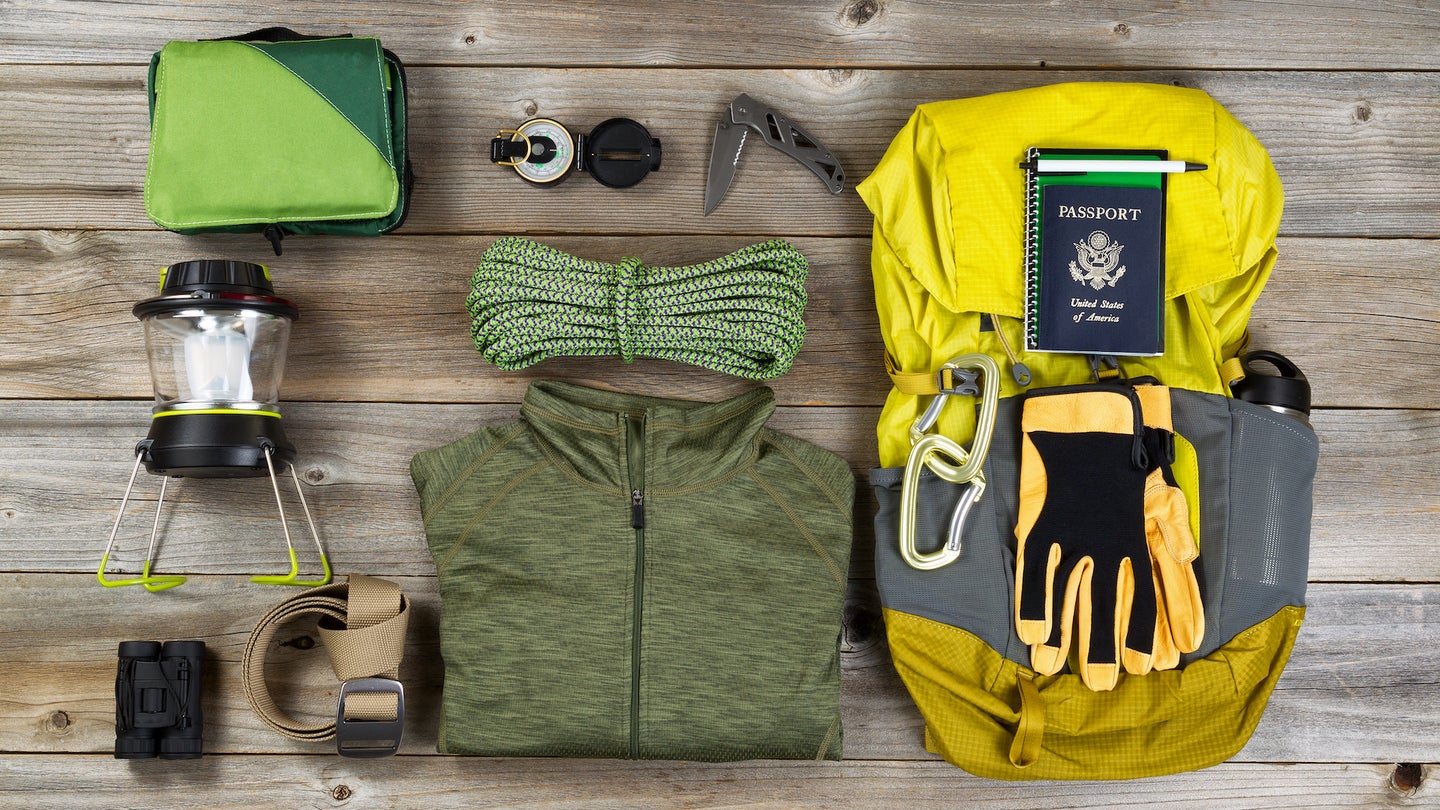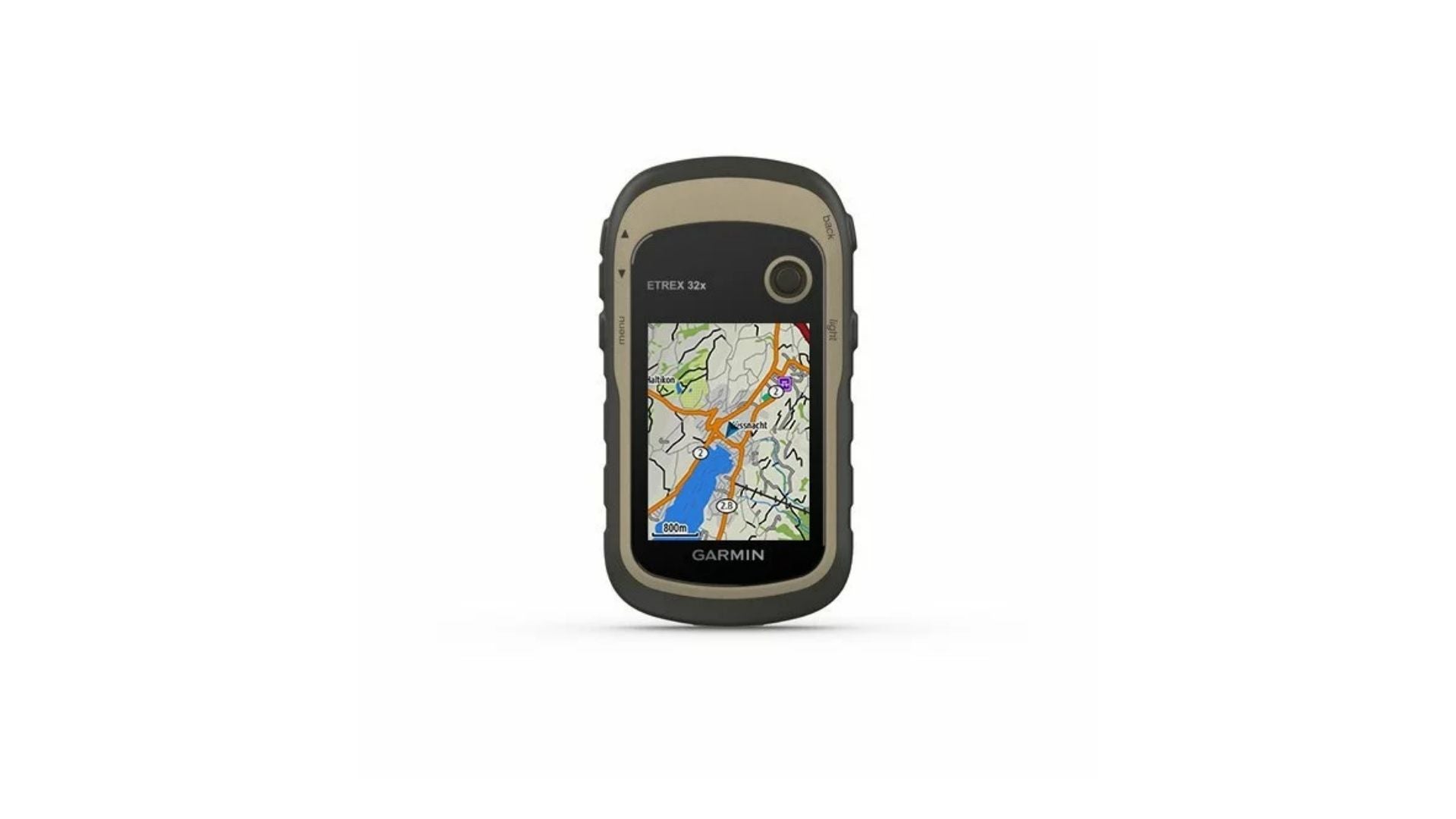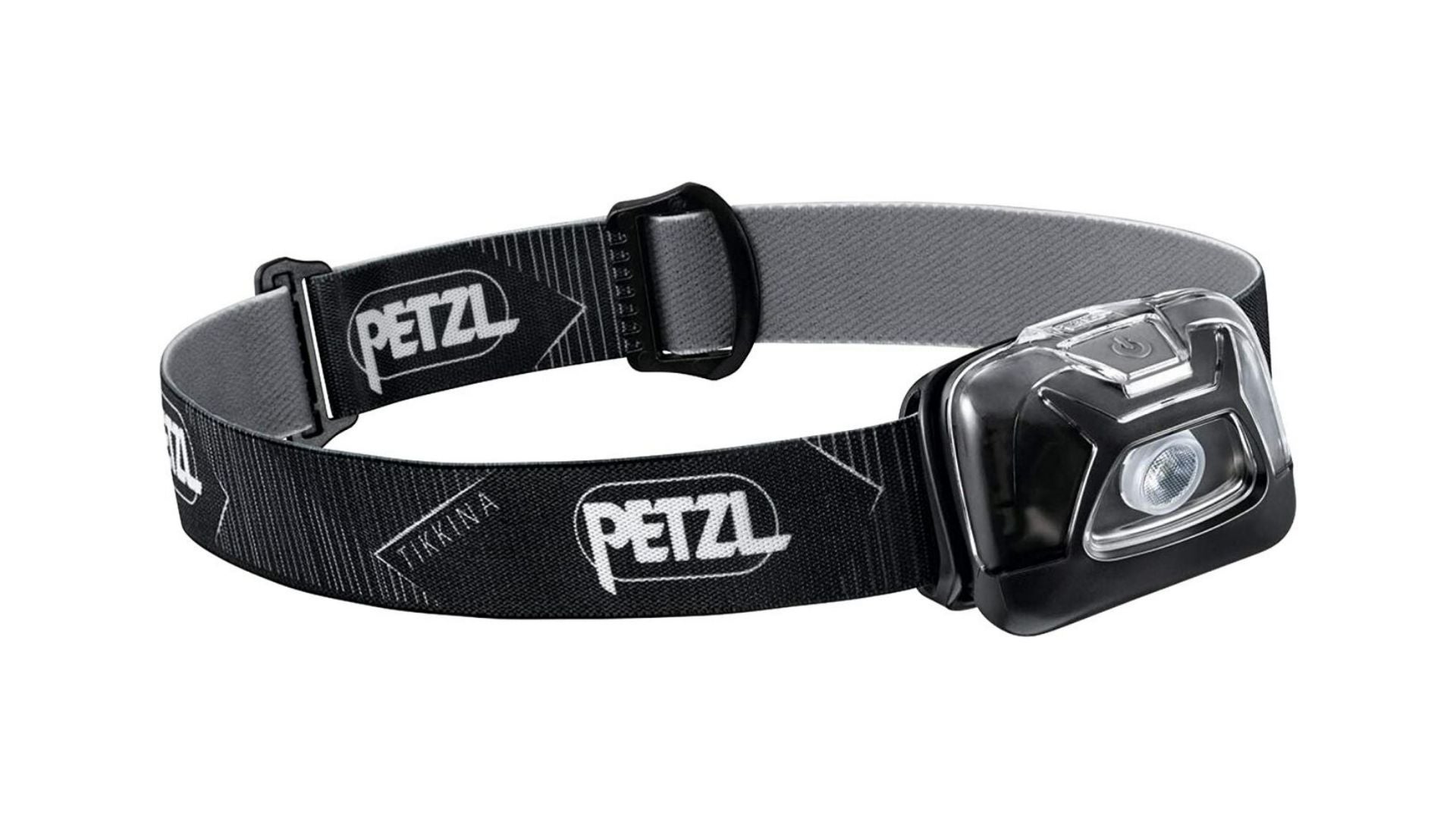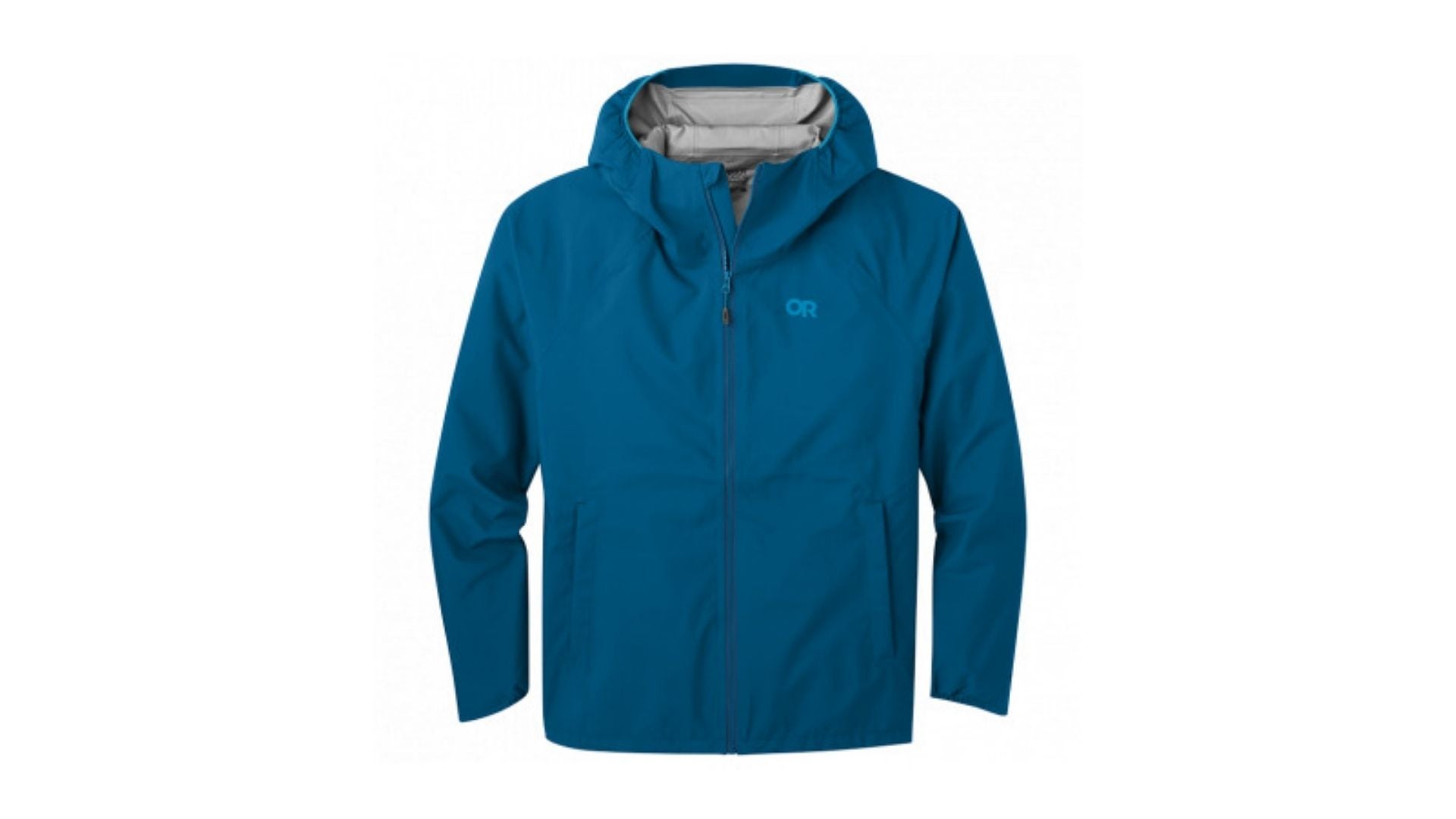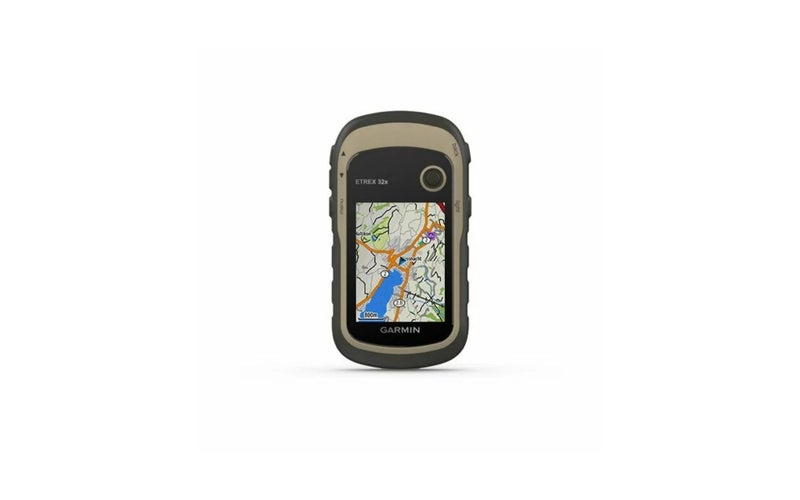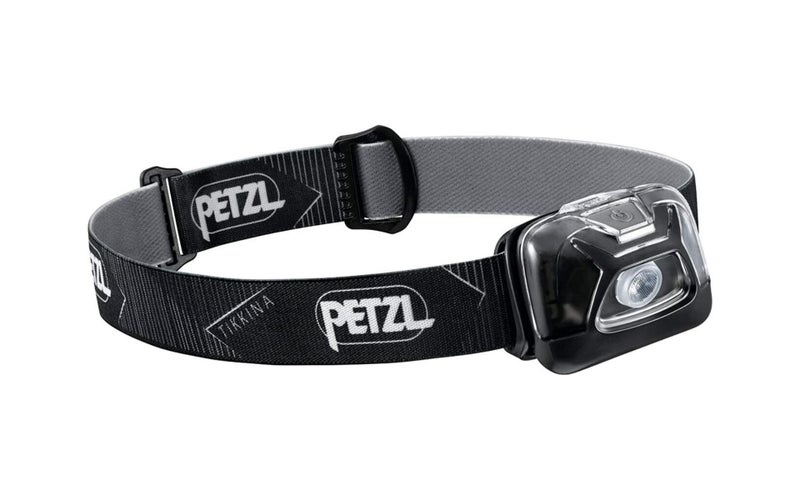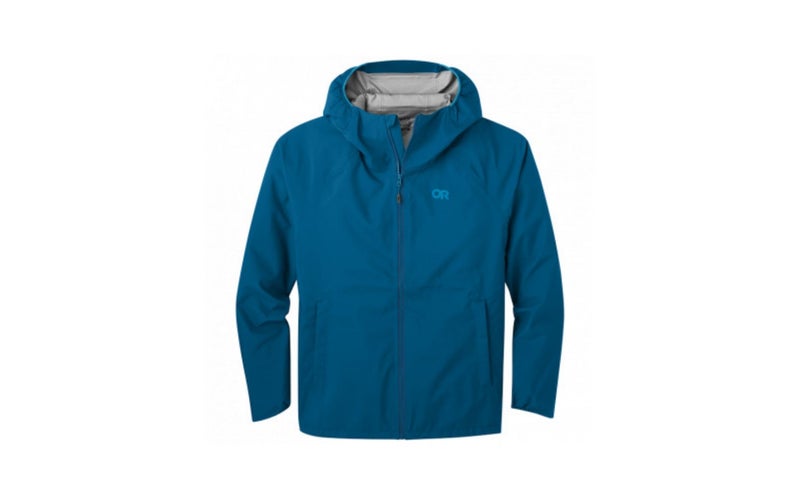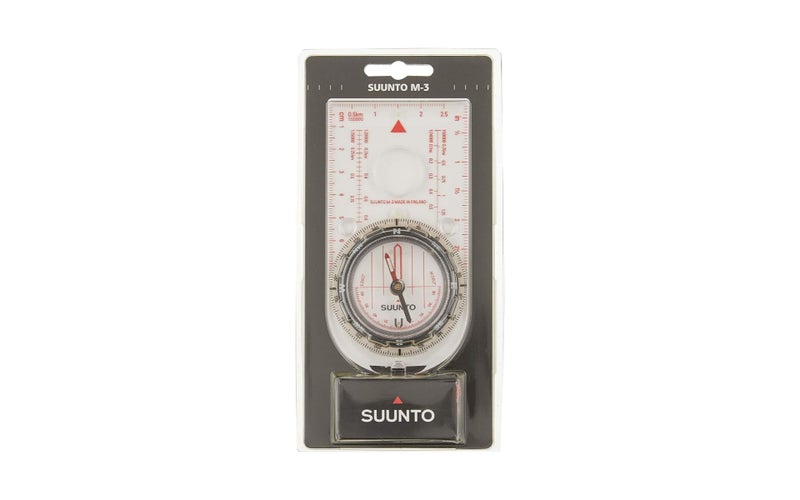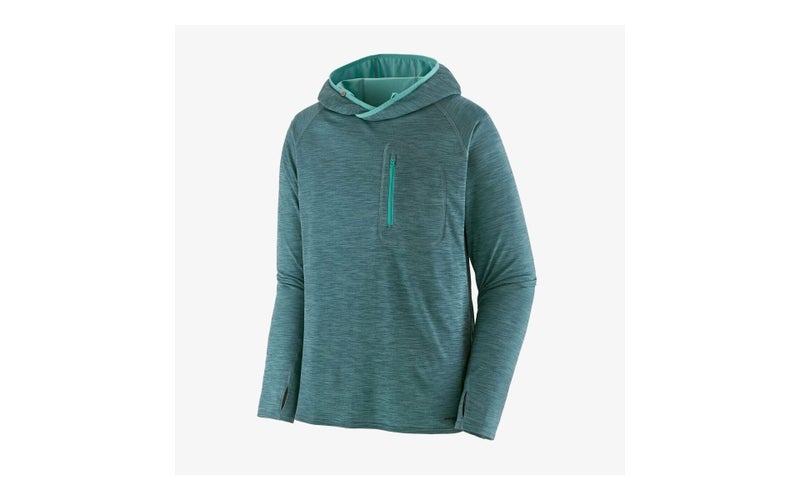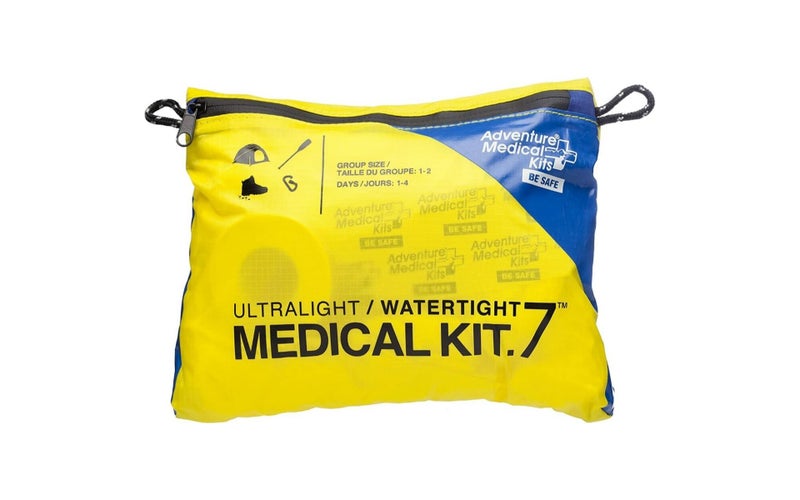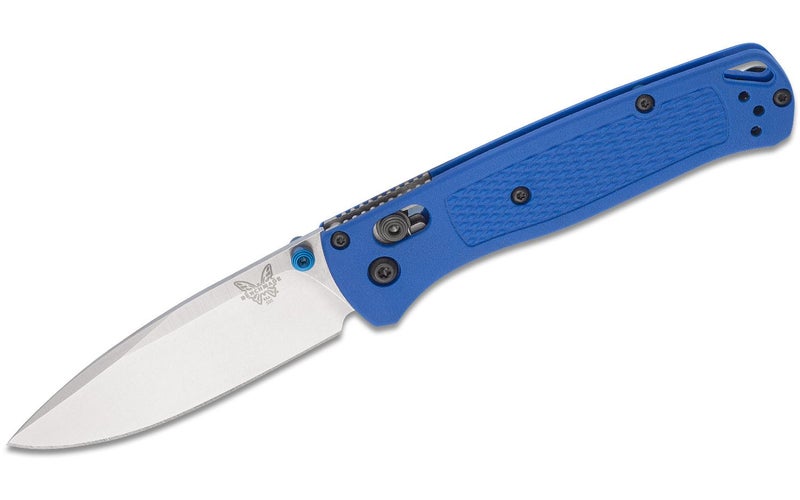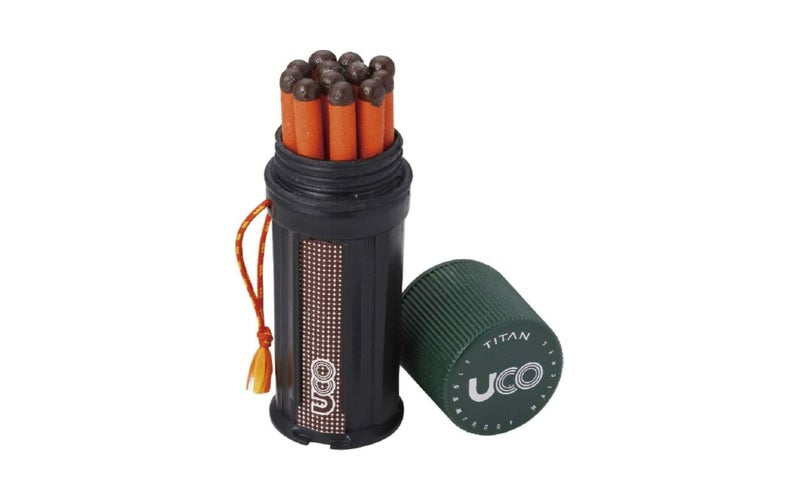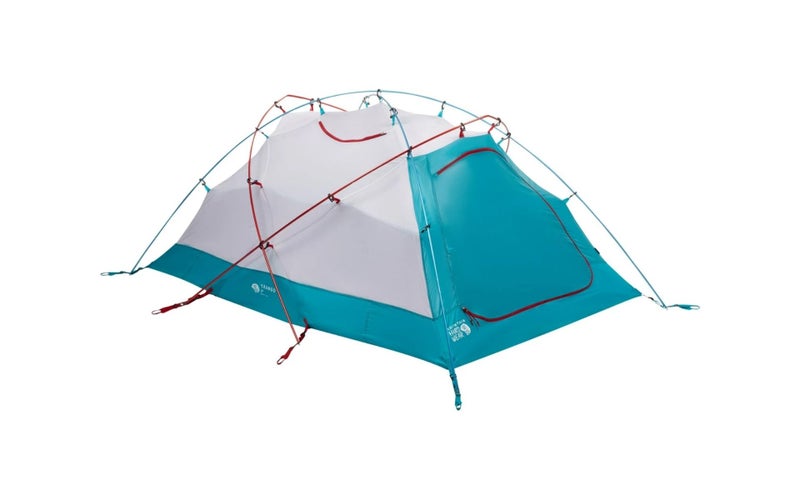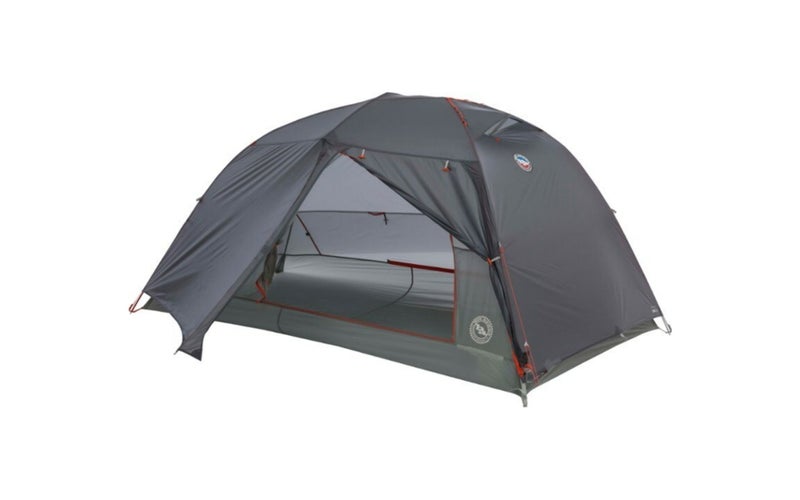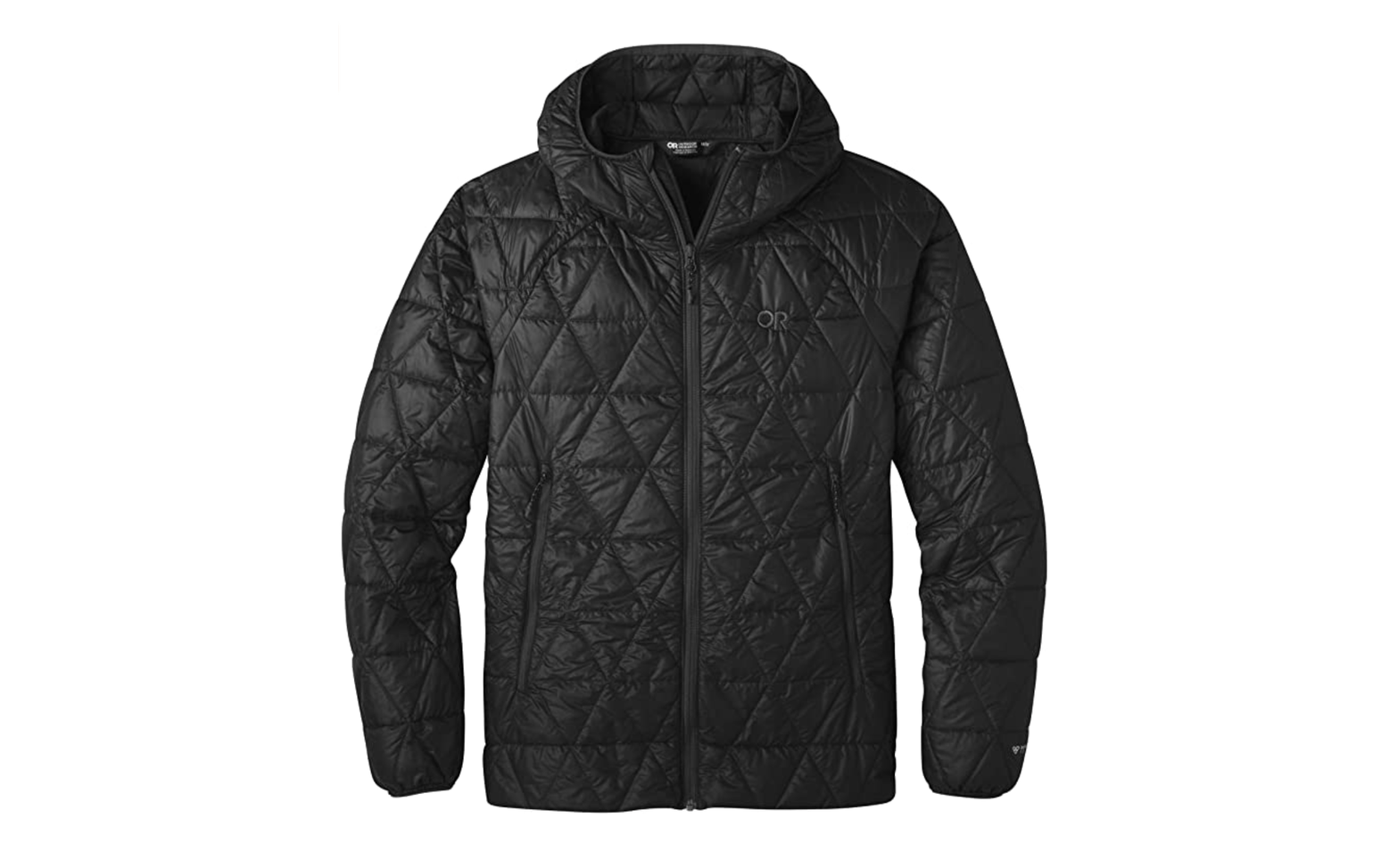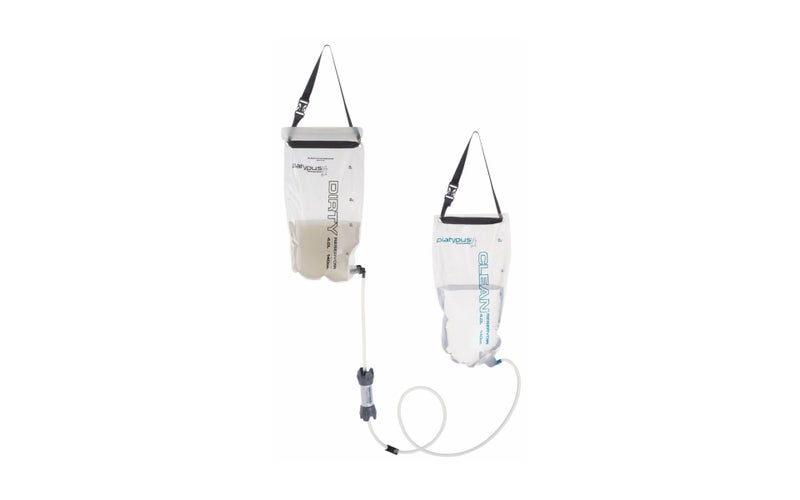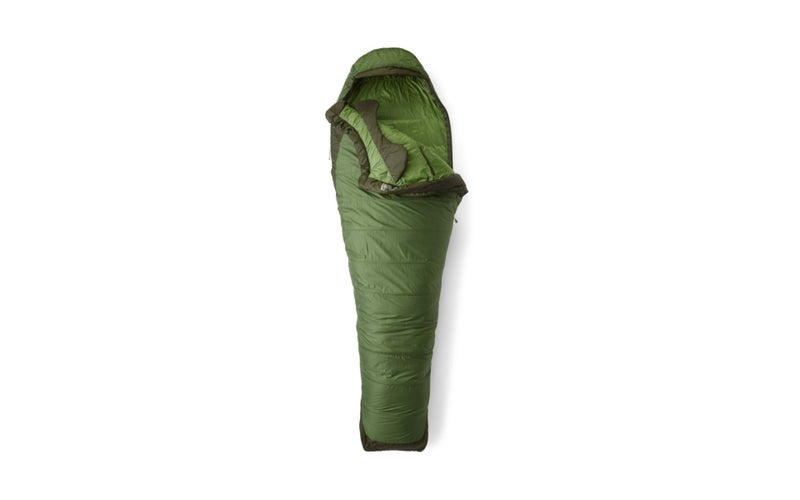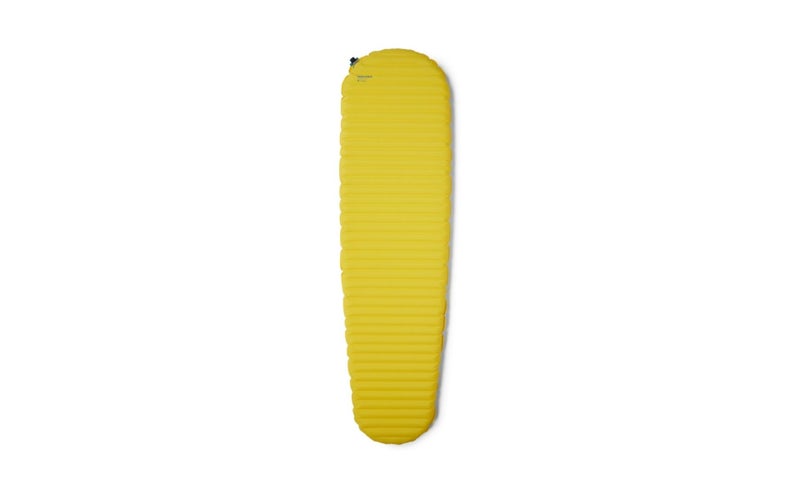We may earn revenue from the products available on this page and participate in affiliate programs.
When venturing into the backcountry, whether car camping or undertaking a multi-day backpacking trip, it’s essential that you pack the right equipment. Some gear can make your life more comfortable and your trip more enjoyable, and other equipment can save your life. Venturing into the outdoors can be adventurous and fulfilling, but it also carries both objective and subjective risks — and the further you venture into the little-traveled backcountry, the more prepared and self-reliant you need to be. Something as simple as carrying a rain shell and warming layer can prevent an unexpected storm from turning into life-threatening hypothermia. Being prepared for the unexpected events nature can throw at you provides you considerable margin, so that you can enjoy all that nature has to offer while minimizing or mitigating risk. I’ve taken a look at the best gear on the market and picked our favorites to help you find the best hiking, backpacking, and camping gear that’s right for you.
My views on what to carry in the backcountry was heavily influenced at a young age by a book published by The Mountaineers, a Pacific Northwest community of outdoors people, called Freedom of the Hills — considered to be the Bible of mountaineering for more than 60 years. Since the 1930s, the Mountaineers have recommended a list of 10 essential equipment items to be carried on every foray into the wild. The 10 essentials are:
- Navigation – a map and compass or GPS system
- A headlamp
- Sun protection – clothing, sunglasses, and sunscreen
- A first aid kit
- A knife
- A firestarter
- Shelter (tent, sleeping bag)
- Extra clothing
- Extra food
- Extra water
I’ve built my list around these essential items. Here’s what your camping gear should look like — and the best ways to make the most of it in the wilderness.
C.S. Lewis once said, “If you don’t know where you’re going, any road will take you there.” The problem in the backcountry is that the unknown road might just take you over a cliff or into an endless swamp. Knowing generally where you are at all times is super important — especially in an emergency. I’ve been a huge fan of the Garmin eTrex since I used it to call in my first Medevac in Iraq in 2003, and the company continues to put out great products.
The eTrex has come a long way since 2003, and the eTrex 32x is an exceptionally cost-effective, capable, and easy-to-use navigation system. This compact unit has a 2.2-inch sunlight-readable display, preloaded topographical maps, support for GPS and GLONASS satellite systems, 8GB of memory plus a micro SD card slot, a three-axis compass, and a barometric altimeter — all at a competitive price point. The eTrex 32x also has up to 25 hours of battery life (with 2 AA batteries) and weighs less than five ounces. I like that it’s compact (2.1 x 4.0 x 1.3 inches) and weighs less than five ounces with batteries. The eTrex 32x is water-rated to IPX7, meaning that it’s waterproof when submerged at one meter for 30 minutes. The eTrex also has a mini USB port.
- Position accuracy: Accurate to three meters
- Weight: 4.7 ounces
- Battery life: 25 hours
Great sensor for price, value
Includes barometric altimeter
Accurate to three meters
Lightweight and compact
Lacks touch screen
Antiquated user interface
Requires micro SD card for additional (non-preloaded) maps
Headlamps are super useful in the backcountry. They allow you to see while keeping your hands free for all sorts of tasks in the dark. No matter how long you plan to hike in the wilderness, you should always bring one along. Many a hiker’s day trips have turned epic when an unexpected event left them chasing daylight back to the trailhead. I’ve used the Petzl Tikka for years, but have recently been impressed with its little brother, the Petzl Tikkina.
This simple, compact, and lightweight (2.9 ounces) device provides a maximum of 250 lumens of light out to 60 meters. The Tikkina is easy to use and has three settings: proximity (low), movement (medium), and distance (high). The headlamp runs on 3 AAA/LRO3 batteries and also has an optional USB rechargeable battery option (not included). The headlamp is detachable and washable and also universally fits climbing helmets. It is rated IPX4, meaning that it can withstand splashing from any angle. It delivers excellent performance that will meet or exceed most users’ needs at around a $20 price point.
- Maximum brightness: 250 lumens
- Maximum distance: 60 meters
- Maximum battery burn time: 120 hours at 10 meters/6 lumens (low) setting
Exceptional performance for price
Easy to operate
Durable
Not the brightest headlamp available
Mediocre flood lighting
It’s important to stay dry in the backcountry — even in the summer. My partner and I started one hike on the Appalachian Trail on the hottest day of the year, about 102 Fahrenheit. Around 3:00 p.m., a cold front moved in and dumped about an inch of rain. The temperature fell to the 70s, as did our body temperatures. We quickly donned our rain jackets and put up a tarp to hunker out the storm under. Being wet and cold can suck, and hypothermia can kill, so bringing a good rain jacket and warming layer is always a good idea when hiking or backpacking.
The award winning Outdoor Research Motive AscentShell is one of the lightest and most packable rain jackets on the market. Outdoor Research’s proprietary AscentShell technology uses an electrospinning process to create a waterproof fabric that is more breathable, lighter, and stretchier than traditional waterproof membranes like GoreTex. The Motive is waterproof, windproof, and air-permeable. The jacket is fully seam-taped and features a movement mirroring design to allow maximum range of motion. The Motive features an adjustable hood that fits over climbing helmets, YKK Aquaguard zippers, an internal front storm flap, zip hand pockets, and one interior chest pocket. The left hand pocket doubles as a stuff sack and sports a carabiner loop. The bottom hem has an elastic drawcord to keep the wind out and the warm in, and the jacket features elasticized wrist cuffs.
- Weight: 10.9 ounces
- Fabric: AscentShell 3L 100 percent polyester 50D mechanical stretch plain weave with 100 percent polyester 30D knit backer
- Water and windproof: Yes
Super breathable
Lightweight
Minimalist design
Adjustable hood
Cuffs are not adjustable
Only one chest pocket
There are many trips I’ve taken where I’ve left my GPS at home, but one thing I always take is my Suunto compass and a topographic map. The beauty of a compass is that it works in all conditions — when GPS batteries run out, when it’s very cloudy, in high-walled canyons, and places without GPS coverage.
The Finnish company Suunto has been making compasses for decades, and the M-3 compass is a simple and effective navigation tool. At less than two ounces, there’s no excuse for not taking one along. This basic baseplate compass has adjustable declination correction, luminescent markings for operating in low light, and a magnifying lens on a transparent baseplate making detailed map reading easy. The M-3 is compact (2.4 x 4.72 inches) and lightweight (1.62 ounces). The bezel is made of plastic and the needle is made from high-grade steel with a jewel bearing and encased in a liquid-filled capsule. The M-3 comes with a detachable lanyard, quick release, and quick guide.
- Accuracy: 2.5 degrees
- Operating temperature: -22F to 140F
- Weight: 1.62 ounces
Reliable in extreme conditions
Accurate
Lightweight
Requires orienteering training to use properly
If you have spent any time in the blazing sun on a glacier or on the water, you know how torched you can get. When my partner and I were climbing Mt. Rainier last summer, all of the mountain guides wore a sun hoody to block the unrelenting rays and stay cool. I’ve been a fan of Patagonia’s outdoor clothing for years and the Sunshade Technical Hoody rises to the task.
Made from 60 percent recycled polyester, the ultra-lightweight and durable double-knit fabric delivers UPF-50+ protection and has an HeiQ antimicrobial odor control finish to keep days’ old funk at bay. The large hood easily fits over a climbing helmet or ball cap, and the sleeves have thumb loops near the cuffs. The garment also sports a small handy chest pocket with a plastic anti-corrosion zipper for use near saltwater. This shirt is ideal for days when you need to beat the heat, protect your skin, and stay cool outdoors.
- UV protection: UPF 50+ (blocks 98 percent of harmful rays)
- Weight: 7.9 ounces
- Fit: Loose for breathability
Exceptional sun protection
Roomy fit, hood fits over helmet
Odor-control finish
Thumb loops and hood for maximum coverage
More expensive than most sun hoodies
Fabric is somewhat thicker
Over the years, I’ve built my own first aid kit based on items in my old Boy Scout Handbook. I keep them in a cleaned out Talenti ice cream canister. When my nephew was asking for advice on a medical kit for backpacking, I did some research and really like the Ultralight and Watertight .7 by Adventure Medical Kits. If you don’t want to build your own kit, this is an excellent off-the-shelf option.
This kit contains almost everything you need to support one to two people on a multi-day overnight trip and provides the ability to immobilize fractures, close wounds, and treat blisters. It also comes in a ruggedized water-resistant outer bag and 100 percent waterproof inner bag.
- Size: 7.5 x 10 x 2 inches
- Weight: 8 ounces
- Group size: 1 to 2 people Trip duration: 1 to 4 days
Very light
Packable
Waterproof
Good range of supplies
Does not come with first aid scissors
Does not come with CPR mask
For many years, I’ve carried various Spyderco knives while backpacking. That all changed this year when I tested and evaluated the Benchmade 535 Bugout and found it met all my backcountry needs while being 50 percent lighter than my favorite Spyderco. After 20 years in the Marine Corps, I absolutely abhor a heavy backpack. I’m obsessed with finding the lightest, most effective, and most durable gear at the lowest price point. Put a Benchmade Bugout in your hand and you’ll be amazed at the quality of the steel and the lightness of the knife.
The 535 Bugout is one of a family of Benchmade knives that are designed for rugged outdoor use and made out of the lightest and highest performing materials. The 535 features a plain 3.24-inch drop-point blade made from super sharp high-quality CPM-S30V (58-60 HRC) steel encased in a Grivory (Swiss-made thermoplastic) handle with partial steel liners and weighs a scant 1.85 ounces. The overall length of the knife is 7.46 inches. The S30V steel provides excellent toughness, edge retention, and rust resistance. The handle is ergonomically designed and comfortable in larger hands and features a mini deep-carry reversible clip and lanyard hole. The AXIS(R) opening and closing mechanism works smoothly and the knife is very easy to open and close one-handed. Lastly, the open back design makes it easy to clean and maintain.
- Blade design: Plain drop point
- Blade steel: CPM-S30V (58-60 HRC)
- Weight: 1.85 ounces
Exceptionally sharp
Ultra-lightweight
Superb corrosion resistance
Very high-quality steel
Expensive
Handle flexes a bit under heavy use
Being able to start a fire can mean the difference between life and death — especially in cold weather. Although my backpacking stove has an integrated piezo electric igniter, I always carry a backup Bic lighter, and I always carry a set of stormproof matches as a backup to my backup firestarter. The last time I used them was when my partner and I were hiking the Appalachian Trail in December in Pennsylvania when it was 6F out and we needed to start a campfire to keep warm. They’re super lightweight and provide a tremendous amount of margin, so, like a compass, there’s no excuse for not carrying them.
Product Description
The UCO Titan stormproof match kit comes with 12 beefy, long burning matches, three replacement strikers, and a waterproof case. Each four-inch long match burns up to 25 seconds in windy conditions and will light after being submerged in water. The waterproof case floats and also has a lanyard cord. The striker strips are integrated into the case and accessible from the exterior for easy lighting.
- Weight: 2.9 ounces
- Dimensions: 4.125 inches
- Waterproof: Yes
Windproof
Waterproof
Long burn time
Could save your life
Could save your life
Backpacking tents generally come in three different categories: four-season (made for winter), three season (made for spring, summer, and fall), and ultralight. I’ve owned an array of tents over the years and now mostly use a camping hammock in lieu of a three-season tent since they are more comfortable, versatile, and able to be set up in sloping or rocky terrain. In the winter when temperatures are cold and snow and wind can be heavy, I’m absolutely sold on the Mountain Hardwear Trango 2. It’s slightly heavier than some other top-performing four-season tents, but the bomb-proof design brings peace of mind, especially in high winds and heavy snow.
Think of the Trango 2 as a lightweight bunker of a tent. Watch videos of people climbing Mount Everest or K2 and you’ll easily be able to pick out the Trango 2’s iconic rain fly. Adventurers have taken the Trango 2 to the harshest environments in the world and it has earned its reputation as a top performer. First introduced in 1995, the Trango family of tents has withstood the test of time. The Trango 2 is designed for two people set on alpine climbing, although I also use it as a winter backpacking tent. It features two D-shaped front and rear doors, a bathtub-style floor for weather protection, and five super strong color-coded and shock-corded DAC Featherlight NSL poles. The Trango 2 is designed to have direct connection points to secure the tent body, frame, and fly at each guy-out point, and the D-ring pole snaps are easy to manipulate with gloved hands. The fly and tent floor are waterproof and seam-sealed. The footprint is spacious and the tent body features internal tension shelves for storage. The tent and fly have a zippered through-vent for ventilation, and feature two roomy vestibules at each end.
- Dimensions: 92 by 64 by 38 inches
- Weight: 8 pounds 9.7 ounces
- Tent floor area: 40 square feet
Easy to set up
Exceptional storm resistance
Spacious
Waterproof
Somewhat heavier than other top-end four-season tents
Somewhat bulkier than other top-end four-season tents
Next to food and water, your tent is typically the heaviest thing you’ll carry. Generally, the larger the tent, the more it weighs, but Big Agnes developed this roomy two-person tent in a three pound package. I’ve seen many ultra-lightweight tents on the market, but these generally have lofty price tags and require special care to improve durability. The Big Agnes is a good compromise between durability, space, and weight.
The Big Agnes Copper Spur HV UL is a three-season, free-standing, double-walled ultralight tent. The double vestibule on each side of the tent allows easy access for each camper and can be set up as awnings for sun protection using trekking poles. The rain fly is made from proprietary double ripstop mixed denier fabric to improve tear strength and puncture resistance. The tent is easy to set up and features a unique integrated corner mechanism that captures the pole tip, clips the rain fly, and attaches to the stakeout loop. The four-way hub pole design provides strength and stability and maximizes interior volume. The interior of the tent offers ample mesh storage pockets.
- Dimensions: 52 x 88 x 40 inches
- Weight: 3 pounds 2 ounces
- Tent floor area: 29 square feet
Great space per weight ratio
Lightweight
Versatile – vestibules convert into awnings
Roomy
Expensive
Lightweight materials require careful handling
Footprint not included
One item I never leave the trailhead without is a lightweight insulated jacket. Being able to don a windproof warming layer is more than just a matter of comfort. If you are caught out in a storm — summer or winter — it can be a lifesaver in preventing hypothermia. I prefer synthetic insulation over down for this application since down loses almost all of its insulating power when wet, while synthetic insulation tends to retain its loft and most of its warmth. Synthetic insulations are reaching the point where they can provide almost as much warmth as down with nearly the same packability.
The Outdoor Research Helium insulated hoody provides windproof warmth in a lightweight, packable design. In fact, the Helium is OR’s lightest and most packable jacket with 60 grams of VerticalX ECO SR insulation and a cool-looking diamond stitch pattern on the exterior of the jacket. The shell is made from 100 percent 20 denier ripstop Nylon, and the jacket features an adjustable hood (climbing helmet friendly), two zippered hand pockets (designed to be above backpack hip belt straps), and four interior drop pockets (two per side). The hem has an elastic drawcord to keep the wind out, and the cuffs are elasticised.
- Sizes: Small, medium, large and extra large
- Weight: 11.5 ounces
- Insulation: Recycled polyester
- Shell: Pertex Quantum with Diamond Fuse (nylon) 15D x 30D
Superb warmth per ounce
Comfortable
Continues to insulate when damp
Excellent interior drop pocket design
Lightweight shell must be protected from snags, embers, etc.
No chest pocket
When traveling through the backcountry, water is life, and knowing where to find water and how to purify or filter water are essential wilderness skills. At 8.34 pounds per gallon, water is also one of the heaviest things to strap on your back, so being able to replenish water along the way lightens your load and extends how far you can travel. In an emergency or survival situation, being able to access safe water could mean the difference between life and death, as humans can go about three weeks without food but only three days without water. Water is life, and you never want to be caught without it.
The Platypus GravityWorks is a top-performing lightweight system at 11.57 ounces and filters quickly, up to 1.75 liters per minute depending on how much sediment is in the water. Once set with the dirty bag placed above the clean bag, gravity does the work, with no laborious pumping required. The system is versatile enough so that the clean bag can be used in a backpack as a hydration bladder or hung from a tree for camp use. It’s also compact and, when rolled up, takes up about the same space as a Nalgene 1L bottle. The filter is replaceable (manufacturer recommends after 1,500 liters of use). Most importantly, the hollow fiber technology filters out any particles larger than 0.2 microns which removes 99.9999 percent of bacteria and 99.9 percent of protozoa. We’ve filtered some pretty turbid water with the GravityWorks over the years, and it has performed every time.
- Filtration performance: Filters to 0.2microns
- Speed: Up to 1.75 liters per minute
- Weight: 11.57 ounces
Fill-and-forget system, gravity does the work
High capacity, 8L total (dirty and clean bags)
Filters out protozoa and bacteria
Versatile, doubles as a hydration bladder
Prone to clogging, requires backflushing
Filter must be protected from impact and freezing
Expensive
Sleeping bags are an important item for any overnight stay in the backcountry, and there are many different bags for myriad conditions. Generally, sleeping bags are classified by their fill material, either down (lighter and less bulky) or synthetic (heavier and more bulky), and also by their temperature rating — which is broken into two data points. The comfort rating indicates the coldest temperature a colder sleeper might feel comfortable, and the lower limit rating is the coldest temperature a warmer sleeper may feel comfortable. For most people — three-season campers — a 30F bag will suffice. Four-season campers generally opt for a 0F or -5F bag.
I’ve been a big fan of Marmot sleeping bags for years and personally own both Marmot Hydrogen 30 and Lithium 0 degree bags. Both are more expensive because they are filled with down, so they are lighter and pack smaller, but must be kept dry to be effective. For general three-season camping, I recommend the Marmot Trestles Elite Eco 30 synthetic bag which delivers outstanding warmth at an affordable price point. This 70D 100 percent polyester bag is filled with SpiraFil high loft insulation that will keep you comfy to 36 Fahrenheit. At 1 pound 14 ounces, it’s one of the lighter 30 degree bags on the market and it’s designed to excel in cool and damp conditions — even if it gets wet. The bag features a full-length two-way YKK zipper (left or right zip available), 3D hood construction, and snagless integrated draft tube. The wave construction on the top of the bag provides maximum loft and warmth, and the blanket construction on the bottom ensures comfort.
- Fill: Hi-ElixR Eco Micro recycled synthetic insulation
- Compressed volume: 8.4 liters
- Temperature rating: 30 degrees (F)
Warm bag for weight and insulates when damp or wet
Made of 96 percent recycled materials
Anti-snag zipper
Budget-friendly
Bulkier than down bags
Heavier than down bags
Compression sack not waterproof
The key to staying warm in cooler weather and staying comfortable year-round is ensuring you have a good sleeping pad between the ground and your body. There are three common types of sleeping pads on the market: closed-cell foam, air, and self-inflating. Closed-cell foam are light and relatively inexpensive, but they are less warm and less comfortable and more bulky than air mattresses. I prefer air sleeping pads and, after considerable research, purchased the Therm-a-Rest NeoAir XLite. While air pads can be more expensive and require care to avoid puncturing, they are the most comfortable, lightest, and packable.
The NeoAir XLite is an ultra-lightweight pad designed for backpacking. Fully inflated, it provides 2.5 inches of comfort and support through internal baffling. The pad has an R-value of 4.2, providing great insulation from the cold (R-values of 1.0 are for warm weather and 5.5+ are for extreme cold weather). Deflated, the entire pad rolls up into a mass the size of a one-liter water bottle. It comes in four sizes: small (47 x 20 x 2.5 inches), regular (72 x 20 x 2.5 inches), regular wide (72 x 25 x 2.5 inches), and large (77 x 25 x 2.5 inches). In 2020, Therm-A-Rest updated the inflation valve with a wing lock design that makes inflation easy to operate. The NeoAir XLite also comes with a stuff sack and repair kit.
- Capacity: 1 person
- R-value: 4.2
- Weight: 8 ounces
Provides all-season warmth
Comfortable
Easy to use
Lightweight and packable
Expensive
Must be protected from punctures
Why you should trust us
I have more than 35 years of experience living and working outdoors with the tools I recommend. I’m an avid long-distance backpacker, rock climber, and mountaineer who understands the value well-designed gear delivers, especially when your life depends on it. I don’t get paid by the manufacturers and have editorial independence. My editor leaves it to me to recommend and prints what I write. All of this enables us to provide you, our valued readers, with our unvarnished, honest opinions on the recommendations we make.
Types of camping gear
When considering camping gear, it’s important to first understand what type of camping you will be doing. For car camping, where you just pull into a campground and set up, you can get away with cheaper, heavier gear. If you’re going to be traveling by foot into the backcountry and carrying everything you need on your back, you’ll want to find the lightest gear that can meet your needs — and this typically comes at greater cost due to the advanced lightweight materials and research and development costs.
Tent
If you are spending the night outside, most people want to be sheltered from the wind and rain, and this means setting up a tent. Car camping tents are generally larger, heavier, and bulkier and fit more people. Backpacking tents generally fit one to two people and weigh less than eight pounds.
Sleeping bags
A good sleeping bag is key to staying warm and comfortable during a night outside. Sleeping bags typically come in two designs: rectangular (for car camping) and mummy bags (for backpacking). The former are roomier and heavier and the latter maximize warmth per ounce in design by minimizing material.
Sleeping pads
If you’re going to sleep on the ground, a good sleeping pad will keep you warmer and more comfortable. Sleeping bags work by trapping warm air in loft insulation, and when you lay on them, they lose almost all insulating ability below your body. This is why it’s important to have a good sleeping pad to provide insulation and warmth. Sleeping pads come in two main types: closed-cell foam and air.
Key features to look for in camping gear
Performance
It’s important that your gear be able to do what you need it to do reliably and repeatedly over time. This becomes increasingly important the farther you travel into the backcountry. I prefer gear that is simple in design, easy to maintain in the field, and easy to repair.
Weight
When backpacking, you must carry everything you need, so minimizing weight is key to moving more quickly and reducing fatigue. With outdoor equipment, typically the lighter an item is, the more it costs due to the advanced materials and manufacturer’s research and development costs.
Durability
Investing in quality gear will increase the probability of long-term use and extended life. Camping can be a contact sport as your gear brushes up against trees, hits the ground when you trip and fall, or bounces off of rocks. Look for the lightest equipment that meets your needs and will withstand bumps, scrapes, falls, and bear attacks.
Pricing considerations for camping gear
Budget
Budget items typically weigh more, are more bulky and less packable, and less durable. Look for end-of-season sales to scoop up higher-quality items at lower prices.
Medium
Mid-grade equipment generally balances adequate performance with average weight and durability.
Premium
Premium equipment typically is the best performing, lightest, and most durable gear — to a point. Beware of brand price inflation and check the specs when comparing similar items to see if that extra few grams of weight savings or additional performance is really worth paying more.
How we chose our top picks
The gear recommended in this review were hands-on field-tested by your trusty crew of Task & Purpose gear reviewers or thoroughly investigated. We take our time to get to know the strengths and weaknesses of each item, and also check out the reviews of other experts just to make sure we’re not missing anything. Where we see something interesting that we haven’t field-tested, we identify these products as honorable mentions that are worth a look.
FAQs on camping gear
You’ve got questions, Task & Purpose has answers.
[Length: up to 50 words per FAQ.]
Q. Should I buy a two- or three-person tent for my partner and me?
A: It depends on whether that extra room is worth carrying extra weight. Typically, I recommend going with a larger two-person tent.
Q. Aren’t mummy bags tight and uncomfortable to sleep in?
A: They can be if you get one that’s too tight a fit. It’s important to test the sleeping bag you purchase before you take it to the field.
Q. Do I need to filter/treat the water? I hear it’s safe to drink out of the river/lake.
A: Yes. I recommend filtering or treating all water that doesn’t come from a potable tap. In some countries, I recommend filtering or treating the tap water as well.
Q. Should I get the MSR Whisperlite or Dragonfly stove?
A: Neither. I recommend the JetBoil family of stoves.
Q. Can I just buy a smaller backpack and strap more to the outside if I need to?
A: You can, but everything strapped to the outside of your pack is more likely to detach and get lost. If you are climbing in vertical terrain, you’ll want to keep your gear in your pack to avoid dropping it on other people and to keep the weight closer to your center of gravity.
Q. Should I take packaged or real food?
A: I prefer taking as much real food into the backcountry as possible, but watch the weight because it adds up fast. I typically carry real food for the first few days and then shift to dehydrated meals as the trip goes on.
Q. Is it worth the weight to take hiking poles?
A: Hell yes. Trekking poles are worth their weight in gold when traveling over uneven terrain as they provide additional balance and keep you from busting your ass while wearing a heavy pack. They can also help prevent you from injury, serve as poles for setting up a tarp, or even as splints for immobilizing injured arms and legs.
Q. Should I buy pots for cooking over an open fire or cooking on a stove?
A: More pots equals more weight carried. If you’re car camping, sure. Go ahead. When backpacking, I prefer integrated stove-pot combos like the JetBoil.
Q. Pillow or no pillow?
A: Always. An inflatable pillow weighs next to nothing and provides additional comfort to help you get a better night’s sleep.
Q. Should I pack a warm jacket?
A: Yes. You should always pack an insulating layer — preferably one made from synthetic materials that will continue to insulate when damp. You should carry it every time you venture into the backcountry no matter the season. You should carry it in case you need it, or in case you come across an injured person who is at risk of a cold injury. Always take a warming layer.
Our gear section
Joe Plenzler is a Marine Corps veteran who served from 1995 to 2015. He is a backcountry expert, long-distance backpacker, rock climber, kayaker, cyclist, wannabe mountaineer, and the world’s OK-est guitar player. He is currently section-hiking the Appalachian Trail with his partner, Kate Germano. He supports his outdoor addiction by working as a human communication consultant, teaching at the College of Southern Maryland, and helping start-up companies with their public relations and marketing efforts.
